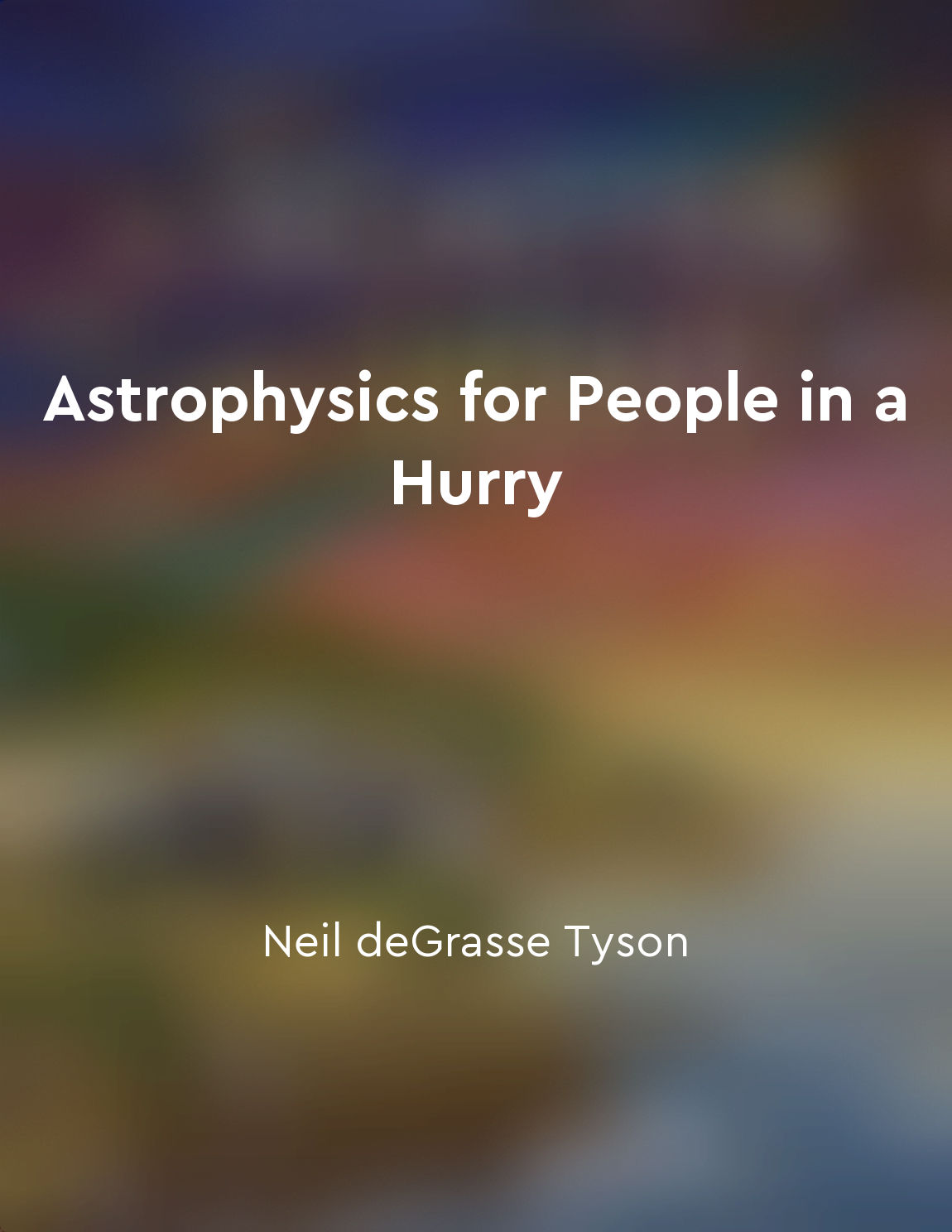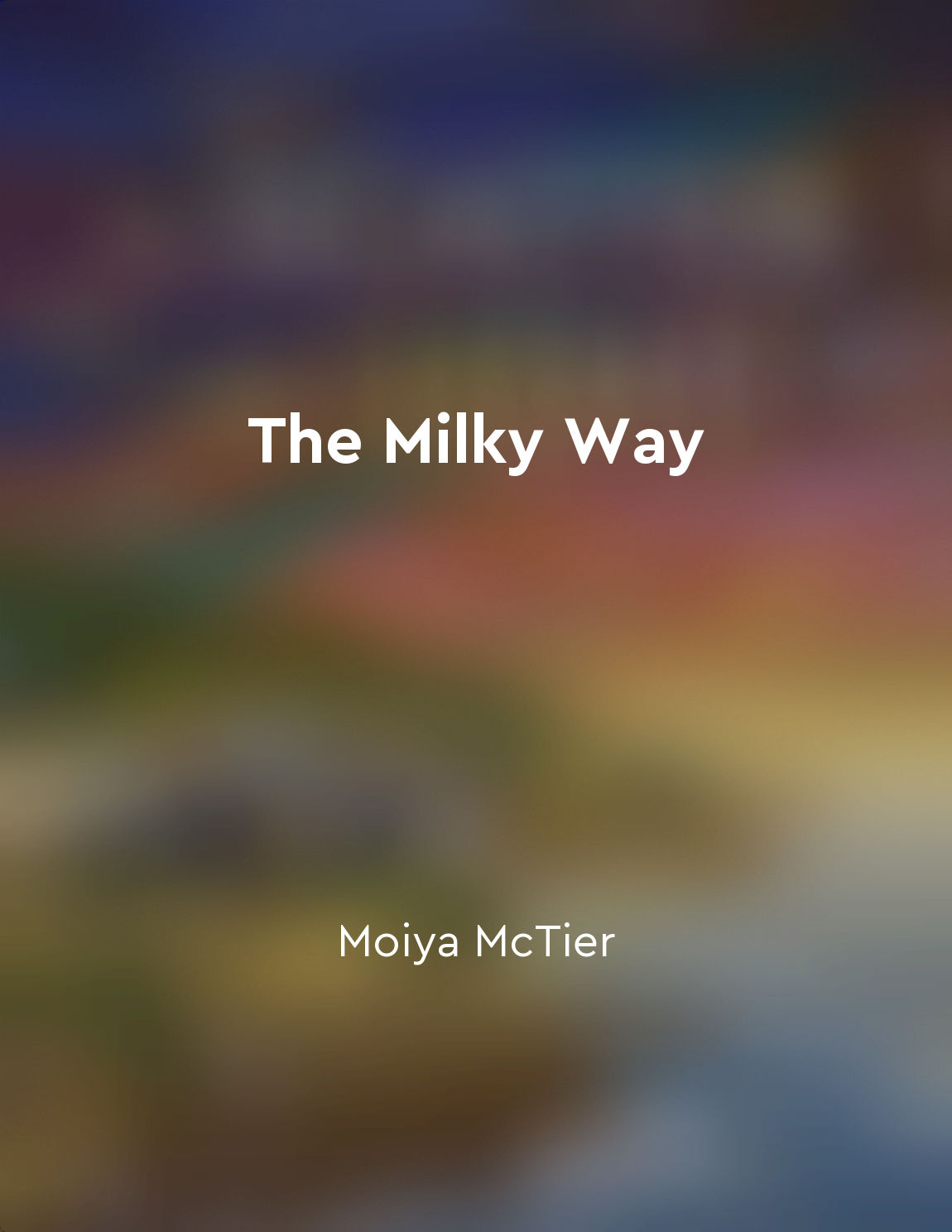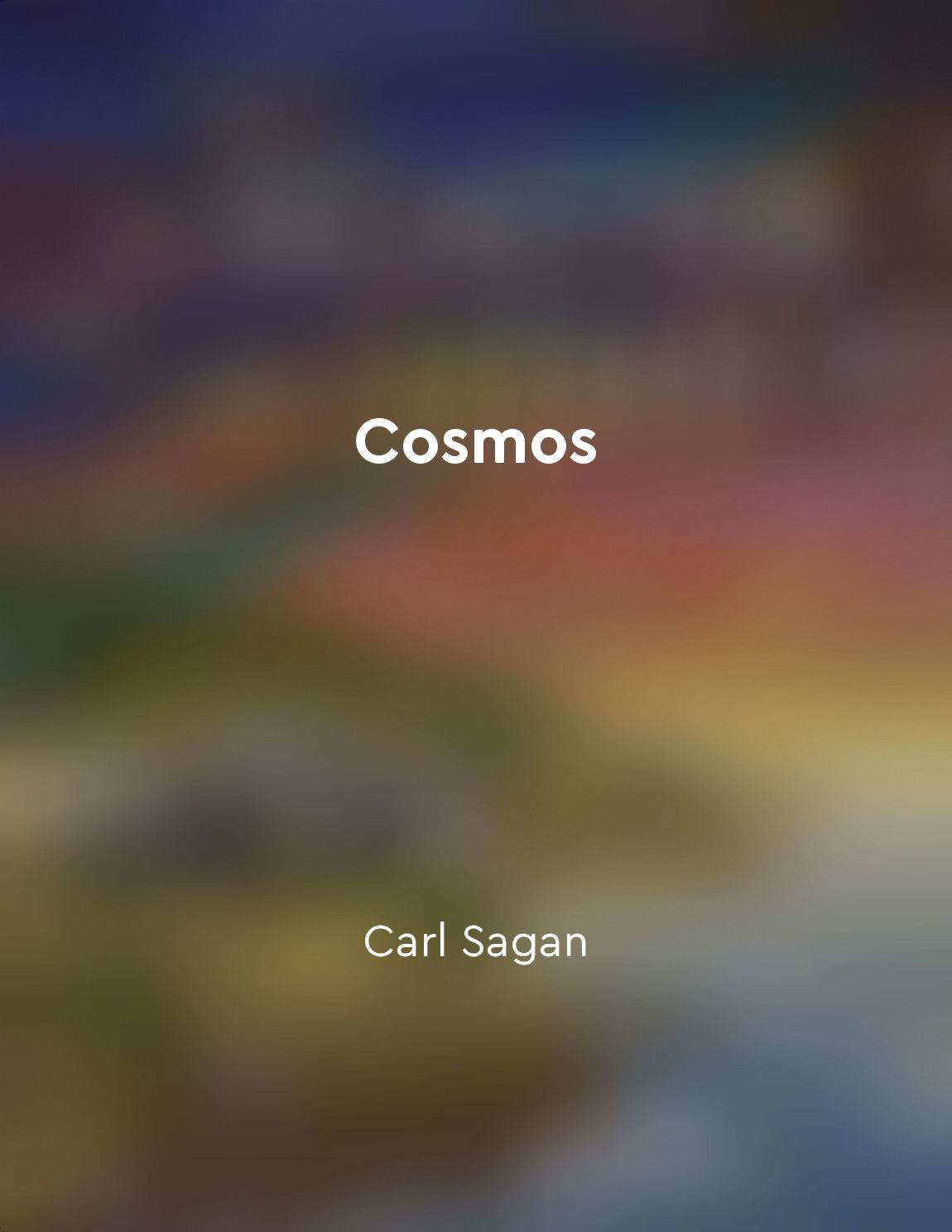Audio available in app
Nebulas are clouds of gas and dust from "summary" of The Secret World of Stargazing by Adrian West
Nebulas, those mysterious entities that dot the night sky, are often described as "clouds of gas and dust." But what does this actually mean? Well, imagine a vast cloud floating in space, not made of water vapor like the clouds we see here on Earth, but instead composed of tiny particles of gas and dust. These particles can be anything from hydrogen and helium to heavier elements like carbon and oxygen. These nebulous clouds are not uniform in composition; instead, they are a chaotic mix of different elements, swirling and mixing together in a delicate dance. The gas in these nebulae is typically ionized, meaning that its atoms have lost or gained electrons, giving them a positive or negative charge. This ionization often occurs due to the intense radiation from nearby stars, which strip away the electrons from the gas atoms. The dust in these nebulae is made up of tiny solid particles, such as silicates and carbon compounds, which are left over from previous generations of stars. These dust particles can be as small as a few nanometers across or as large as a few micrometers. Despite their tiny size, these dust particles play a crucial role in the formation of new stars within the nebula. Nebulas come in various shapes and sizes, ranging from small, dense globules to vast, sprawling clouds spanning hundreds of light-years. Some nebulae are dark and opaque, obscuring the light from stars behind them, while others are brightly illuminated by the light of nearby stars. The colors of these nebulae can range from deep reds and oranges to vibrant blues and greens, depending on the types of gases present and the way they interact with the surrounding radiation.- Nebulae are the cosmic nurseries where new stars are born, the remnants of old stars are recycled, and the building blocks of planets are forged. They are the raw material of the universe, the cosmic dust and gas that give rise to the wonders we see in the night sky. So the next time you gaze up at the stars, remember that those twinkling lights are not alone; they are surrounded by vast clouds of gas and dust, swirling and shimmering in the darkness of space.
Similar Posts
Galaxies are far
The universe is a vast expanse that contains billions of galaxies, each filled with billions of stars. One of the most mind-bog...

Time is relative, and the universe is constantly expanding
Time, as we experience it here on Earth, is not fixed. It is relative. This means that time can speed up or slow down depending...

Mapping the structure of the Milky Way galaxy
Mapping the structure of the Milky Way galaxy involves creating a detailed picture of its various components, such as stars, ga...
The search for extraterrestrial intelligence is a quest for knowledge and understanding beyond our own
The search for extraterrestrial intelligence is a pursuit that extends far beyond the boundaries of our own planet. It is a que...

The wonders of the cosmos are humbling
The vastness of the universe is beyond our comprehension. When we look up at the night sky, we are greeted with a dazzling disp...
Our understanding of the universe is always evolving
The vastness of the universe is both awe-inspiring and humbling. It is a place of wonder and mystery, filled with countless sta...
The universe is a vast tapestry of galaxies, stars, and planets waiting to be explored
The cosmos is a grand expanse of infinite wonder, a realm where galaxies dance in celestial harmony, stars flicker like diamond...

